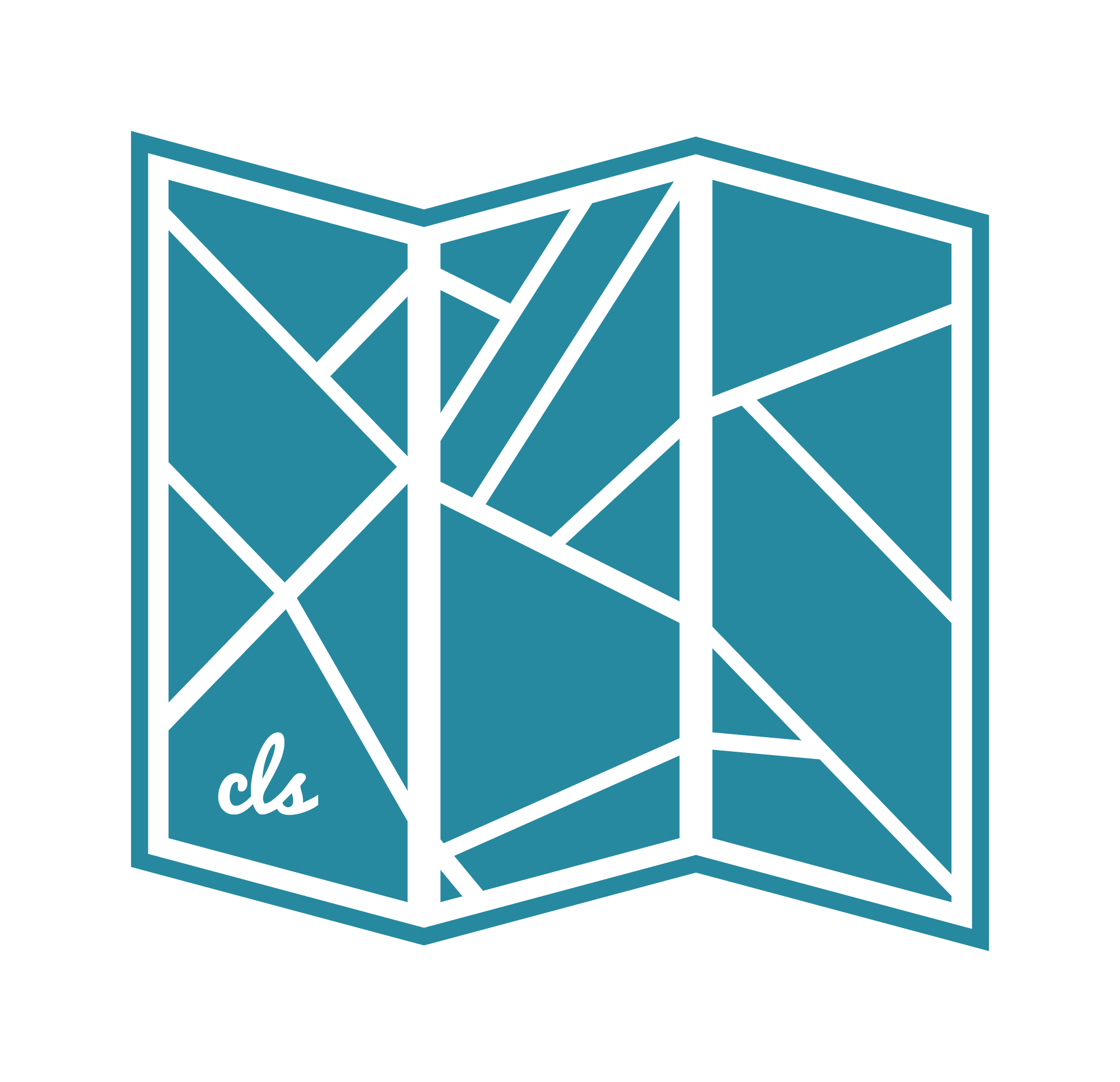Digital Hand Tremor Assessment
TLDR: I built a hand tremor assessment tool using a new type of computer interface for assessing a persons ability to draw a pattern and how fast their hand moves back and forth and some other statistics. Videos below.
Hand tremors from diseases such as Essential Tremor, Parkinson's Disease, Wilson's Disease, Dystonic Tremor and others affect tens of millions of people around the world and the neurological and genetic basis for many tremors is still yet to be understood. Most assessment is done manually with limited tools for reliably quantifying tremor characteristics though some researchers have published methods of using accelerometers and EMG sensors to give a better digital representation of tremor. Patients suffer physically with inability to write and practice art as well as socially with tremors giving rise to more social anxiety. There seem to be few ways for individuals and doctors to quickly and reliably track tremor progression over time.
“In fact, its worst for me as I chose dentistry as my career and after that this problem started with me. You can imagine how bad it can be for me. Obviously, its not possible for me to work as a dentist with this disease. So I have changed my profession because of this and currently doing a post graduation in another subject. Never thought that life would become so hard for me. ”
Inspiration
A week ago, I met a neuroscientist named Marianne Stephans at a convention (hackathon) in San Francisco connecting people working in the neuroscience field with technologists. We worked together afterwards to build a movement sonification application, a method for giving sound feedback for physical movement, related to research she does connecting motor control and auditory memory/control. In talking with her more, I found the problem set inspiring given the amount of people suffering motor control problems.
“I’m 100% sure I have essential tremor/ familial tremor. It’s getting worse over time, and is intensified greatly by the slightest amounts of anxiety or discomfort. It’s embarassing and contributes greatly to the severity of my social anxiety. It’s safe to say that it’s gotten so bad that it’s ruining my life.”
“I got this. And it is fucking shitty. I really like to practice calligraphy. But this piece of shit disease is driving me nuts. I want to give up. DAAAMMMNNN”
Robot to extensively test accuracy of Leap Motion finding .2mm accuracy and 1.2 mm when adding a correction factor
http://www.ncbi.nlm.nih.gov/pmc/articles/PMC3690061/#!po=46.8750
Leap Motion
In working on other projects, I've used the Leap Motion controller which is a novel device for tracking hand position by displaying a grid of infrared dots, a camera then looks at the reflection and change in these dots to make a real time representation of the hands. Other researchers have done studies on the reliability and accuracy of the Leap motion and found it able to reliable detect as small as a 1.2 mm change in position at 290 times per second. In looking at the SDK and discussing some of the training and assessment tools being used by Marianne and other professionals. I built a couple of quick tools to prove the concept and try and understand how useful they could be for professionals and people with tremors.
Pattern Assessment
The first is a tool to mimic the assessment test used by many professionals where a patient is asked to draw a pattern on a piece of paper. The pattern is then analyzed and compared to the model pattern to quantify tremor. I shot for the simplest application of this, tracing a line with feedback on screen of where the finger is. Once a line tracing is complete the application calculates average position, deviation, variance, time and other statistics. This could easily be applied to squares/circles or in 3 dimensions for more complex patterns like spirals.
Tremor Frequency and Amplitude
The second is the start of an application to calculate tremor frequency based on a fixed test time. The hand is held as steady as possible over the Leap Motion and the palm and each individual finger is tracked. Position over the test is recorded and frequency analysis is performed after.
Assessing frequency of hand tremor.
Once this high quality measurement data is collected, numerous additional analyses could be performed, quantifying and characterizing tremors asymmertry, amplitude statistics, individual digit movement, etc. Additionally, a tremor database could be created capturing thousands of peoples tremor data (with video?) for larger scale analysis. Addressing other types of tremor, other applications could be developed to quantify vocal tremor using audio analysis as well as head tremors using computer vision/face tracking tools.
A Path Forward
Though these applications don't actually solve the problem of tremors, like this interesting company is doing with tremor balancing spoon, they may be able to bring low cost assessment to doctors and sufferer's yielding more data to gain information from. They are very (potentially overly) simplified tests to demonstrate the concept of testing hand tremor with the device. It is limiting to only be able to use the technology for hand tremors, though future advances will likely bring the technology for entire or specific body tracking. Another potential downside is the lack of tactile feedback during a test. Moving a hand in the air without and feeling (such as a pen/paper interaction) may not provide for the best results.
Nonetheless, I think there is a lot of opportunity for the technology to aid in data collection in this field and hopefully to help scientists collect more data and identify better solutions to tremors. Potentially modeling tremor characteristics could allow for better prediction of source and cause.
What are your thoughts? Do you know someone who works in this field? Would this be valuable for them? Please share and or ask them what they'd think. This is a problem I'm interested in working on.
Thanks,
Chris

